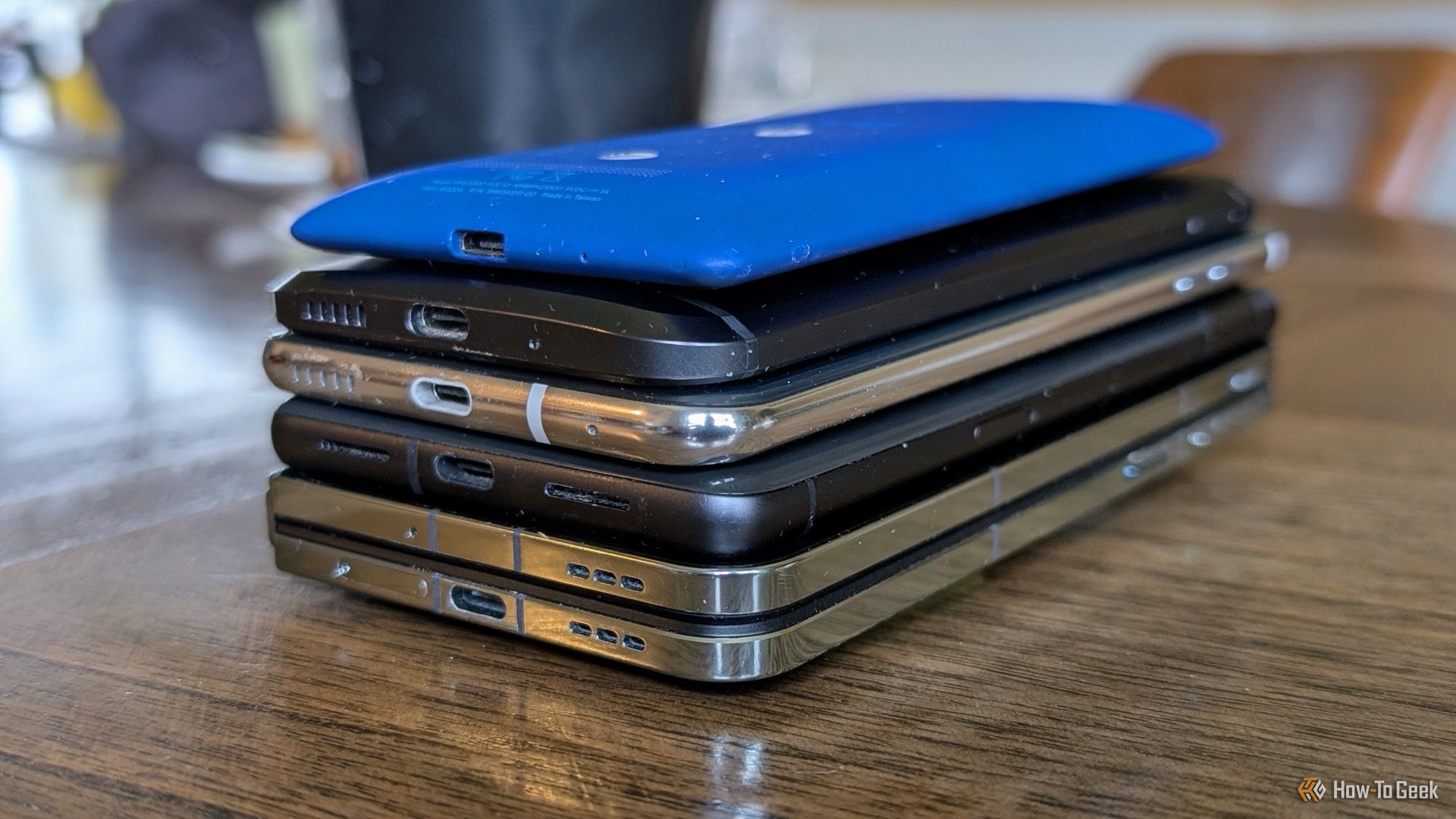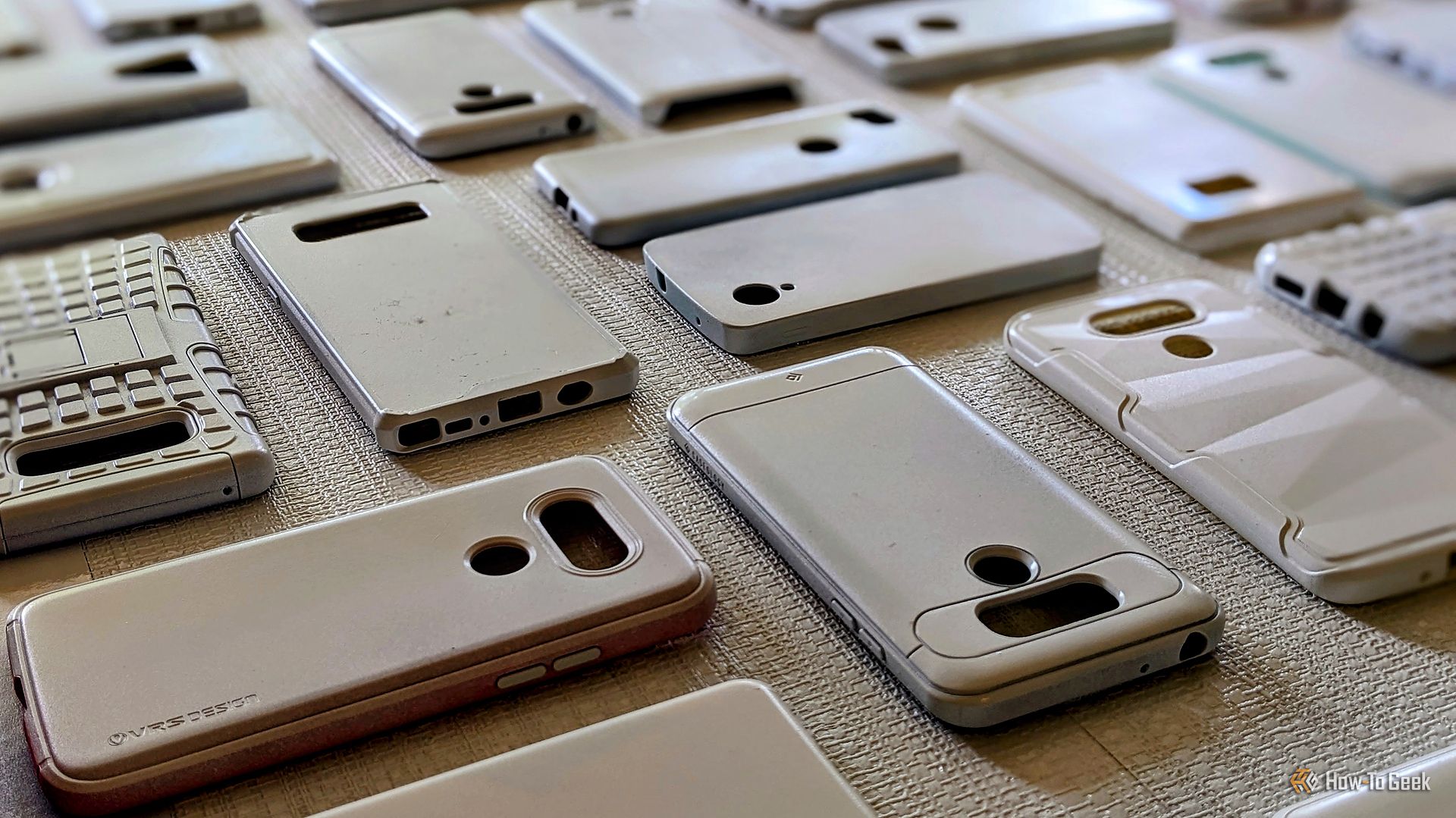I’ve been lucky to review many phones over the years, and for the most part, they’ve been generally good. As it turns out, it’s pretty hard to make a truly bad phone. However, there’s one phone that always comes to mind when I think about the worst phones I’ve ever used.
That phone was the LeEco Le Pro 3. The company seemingly came out of nowhere with a slew of Android phones in a very short time, but it vanished from the scene just as quickly. I had the pleasure of reviewing the Le Pro 3 in 2016—it was the only LeEco phone that would ever launch in the U.S.
The Rise and Fall of LeEco
LeEco was a Chinese tech company that burst onto the scene with a dizzying array of products and a leader who talked a big talk. For a brief moment in time, LeEco was the subject of many headlines in the tech world—but it didn’t last long.
Founded by Jia Yueting in 2004, LeEco was initially a video streaming company called LeTV. Then, in 2016, the company expanded into smartphones, electric bikes, and even self-driving electric cars. The hope was to build an entire ecosystem where everything from your TV and smartphone to your car and even your bike was all part of the same family. They made a lot of headlines by offering hardware at incredibly low prices, with the plan to make up the difference through content subscriptions and services.
LeEco’s expansion happened very quickly. The LeEco Le Pro 1, Le Pro 2, and Le Pro 3 all launched in the span of about 15 months. And that’s not even all the phones LeEco launched. While all that was happening, the company was bankrolling Faraday Future, attempting to acquire Vizio, and trying to make a splashy, if not slightly chaotic, entry into the U.S. market.
As you may have guessed, this breakneck speed and ambition wasn’t sustainable. The money going out the door was far outpacing the money coming in. Before I ever got my hands on the Le Pro 3, the CEO was already sending letters to employees about the state of the company’s finances. A month later, it laid off 85% of its U.S. workforce. We didn’t hear much about LeEco after that.
LeEco Comes to My Door
I was writing for Phandroid in 2016 when I was tasked with reviewing the LeEco Le Pro 3. Right away, I have to admit I was not excited about it. The company’s big, splashy events and ultra-low prices didn’t sit well with me. It all seemed too good to be true. Nevertheless, I was willing to give them a chance.
My first impressions of the phone were pretty positive. Performance, in particular, was a huge selling point for this $299 phone. The Snapdragon 821 processor and 4GB of RAM matched or bested the top flagships of 2016, including the infamous Samsung Galaxy Note 7, which cost $550 more than the Le Pro 3. The camera was just okay, and the screen was LCD instead of OLED, but I didn’t have many complaints about the hardware.

Related
Android “skins” had much more variety in those days. There was Google’s clean, simple Pixel UI, and Motorola (like today) kept pretty close to that. HTC Sense had mellowed out quite a bit, but was still distinct. Samsung and LG’s interfaces probably felt the most visually “different,” but all of these UIs still worked as I expected an Android phone to work. LeEco’s skin, called “EUI,” however, landed squarely in the “what is even happening here?” category.
The version of EUI that I used was built on Android 6.0.1, but there was very little that resembled Marshmallow. That handy Quick Settings panel you’re used to pulling down from the notification shade? Completely gone. Instead, LeEco made the executive decision to move it to the Recents screen. It took me a while to wrap my head around that, and it threw me for a loop again when I powered it back on for this article. EUI was full of little things like that.
Another egregious software decision was a permanent shortcut to LeEco’s live video service in the spot you’d expect the app drawer shortcut. I know companies are always trying to get you to use their apps and services, but this felt super blatant. To make things feel even slimier, LeEco’s apps demanded an alarming number of permissions to use them. I literally could not use the gallery app without giving it permission to make calls. What?
All of this completely ruined the overall experience, and there was nothing the hardware could do to save it. Maybe if I had only had to relearn the locations for a few common things, it would have been okay, but it felt like the UI was fighting me every step of the way. My exact words in 2016 were, “Awesome hardware can be ruined by bad software.” That sums up my feelings on the Le Eco Le Pro 3.
Lessons Learned
The LeEco Le Pro 3 hammered one thing home that is still true of me today: I value software over hardware. I recently ranked every phone I’ve owned, and the majority of them were not the best specs I could get at the time. The entire reason why my first smartphone was the HTC Droid Eris rather than the Motorola DROID was because of HTC Sense.
Nowadays, it’s even easier to choose software over hardware. Smartphone performance has reached a point where even mid-range and low-end phones are perfectly respectable. If there’s one hardware spec I care about, it’s cameras. Otherwise, I feel pretty confident that performance will not be an issue.
Sure, the LeEco Le Pro 3 was an incredible deal at the time. It was hard to beat a top-of-the-line Snapdragon processor for $300. However, my closing thought in 2016 still rings true today: “You don’t have to put up with subpar software to get a deal.”








